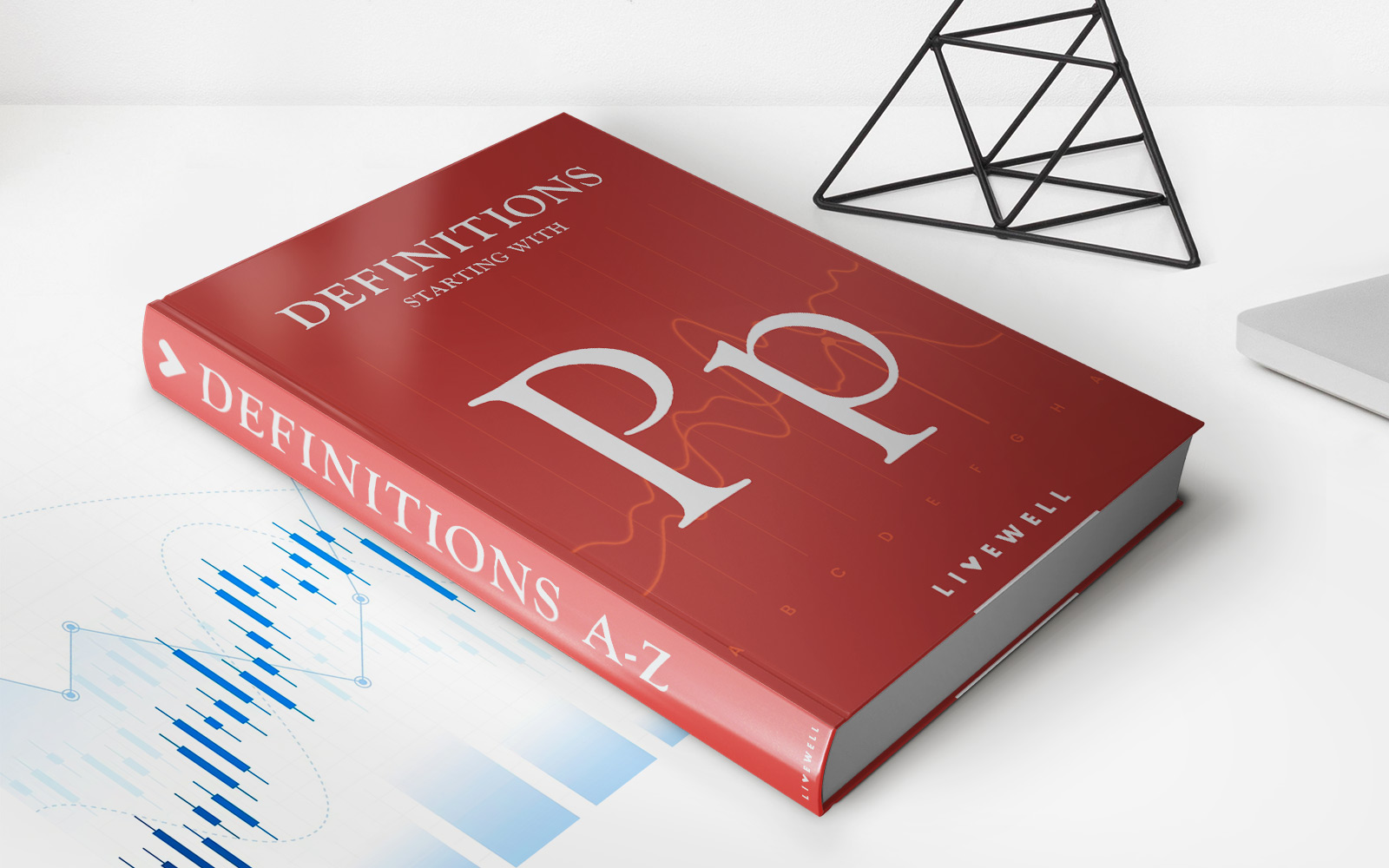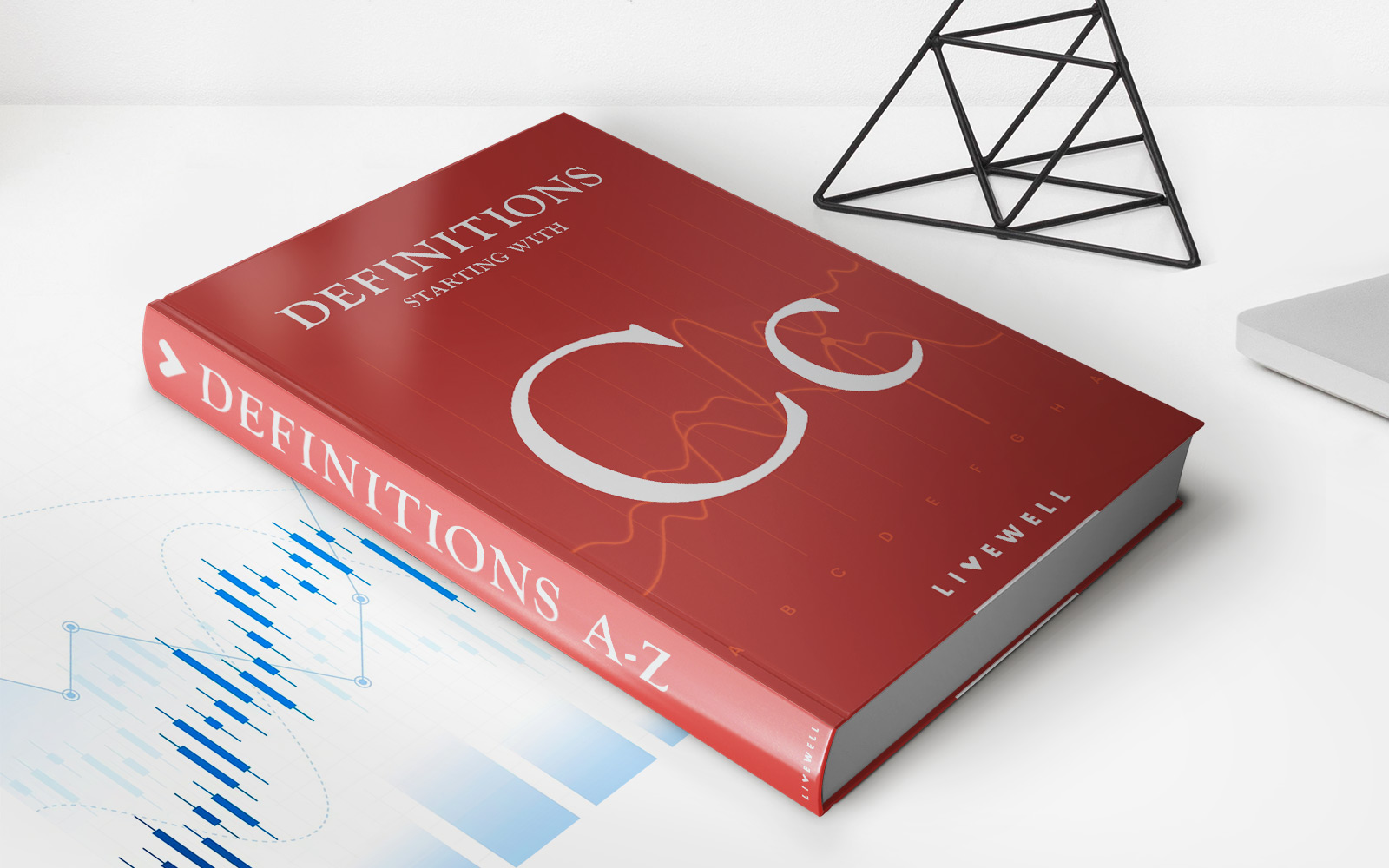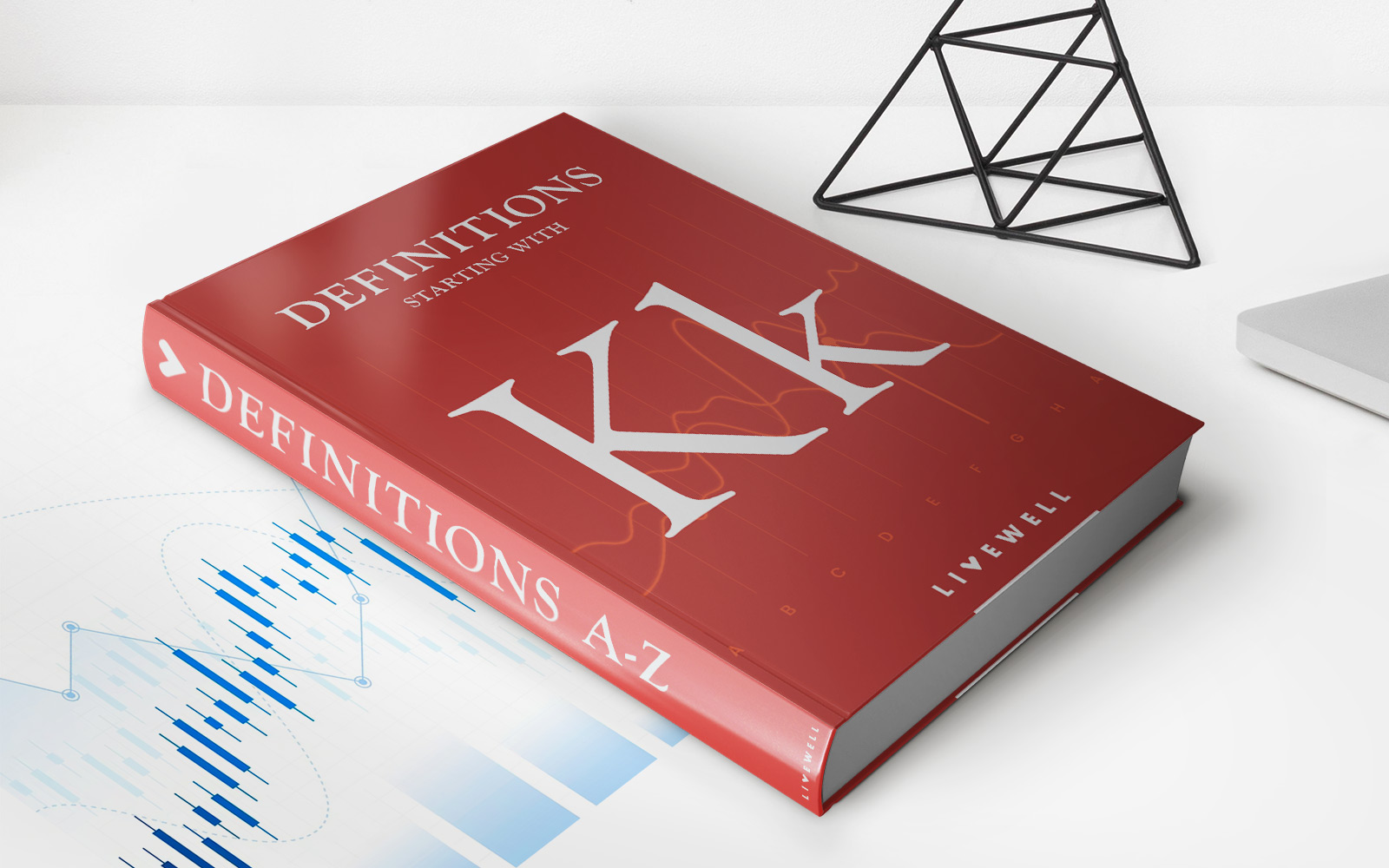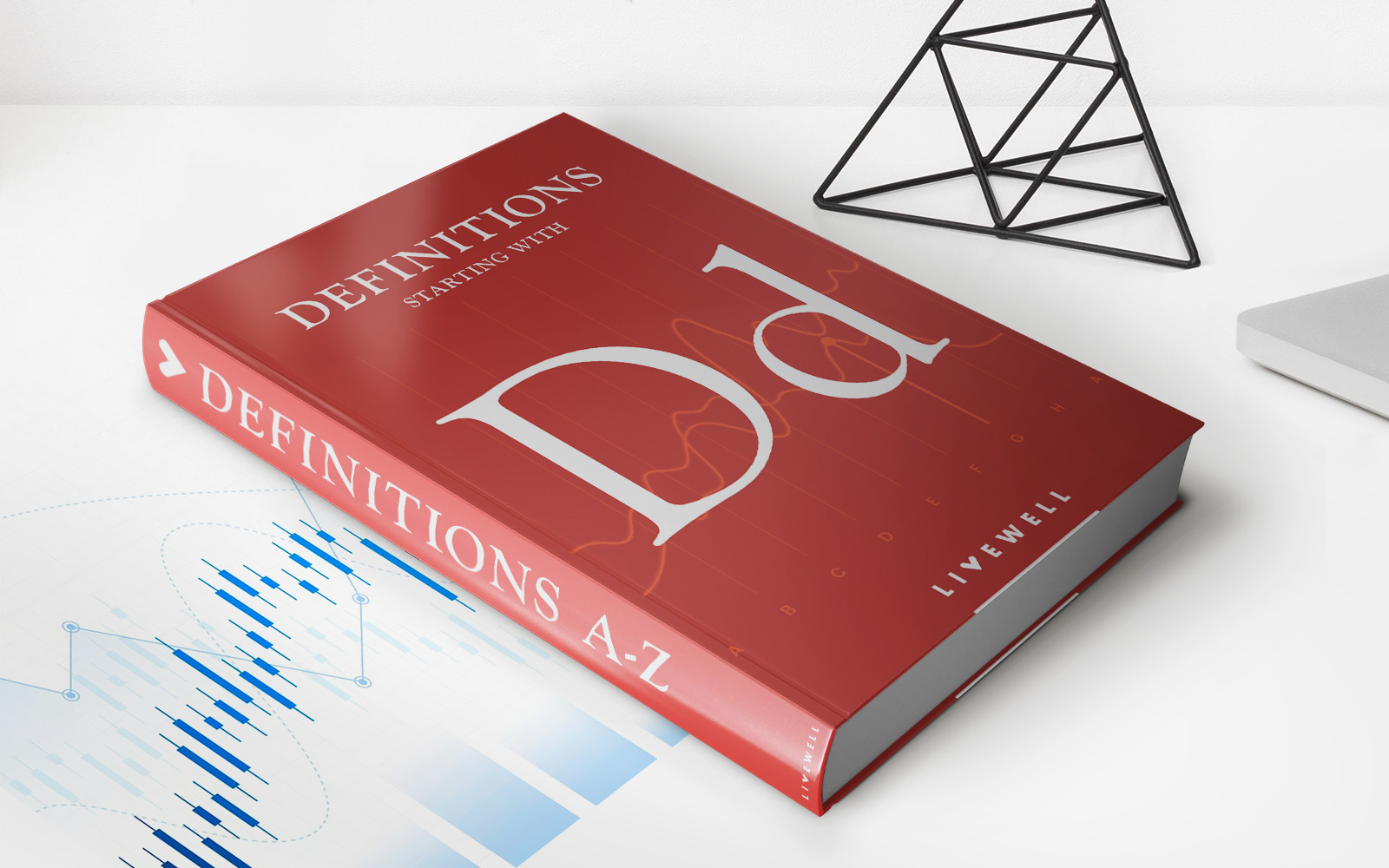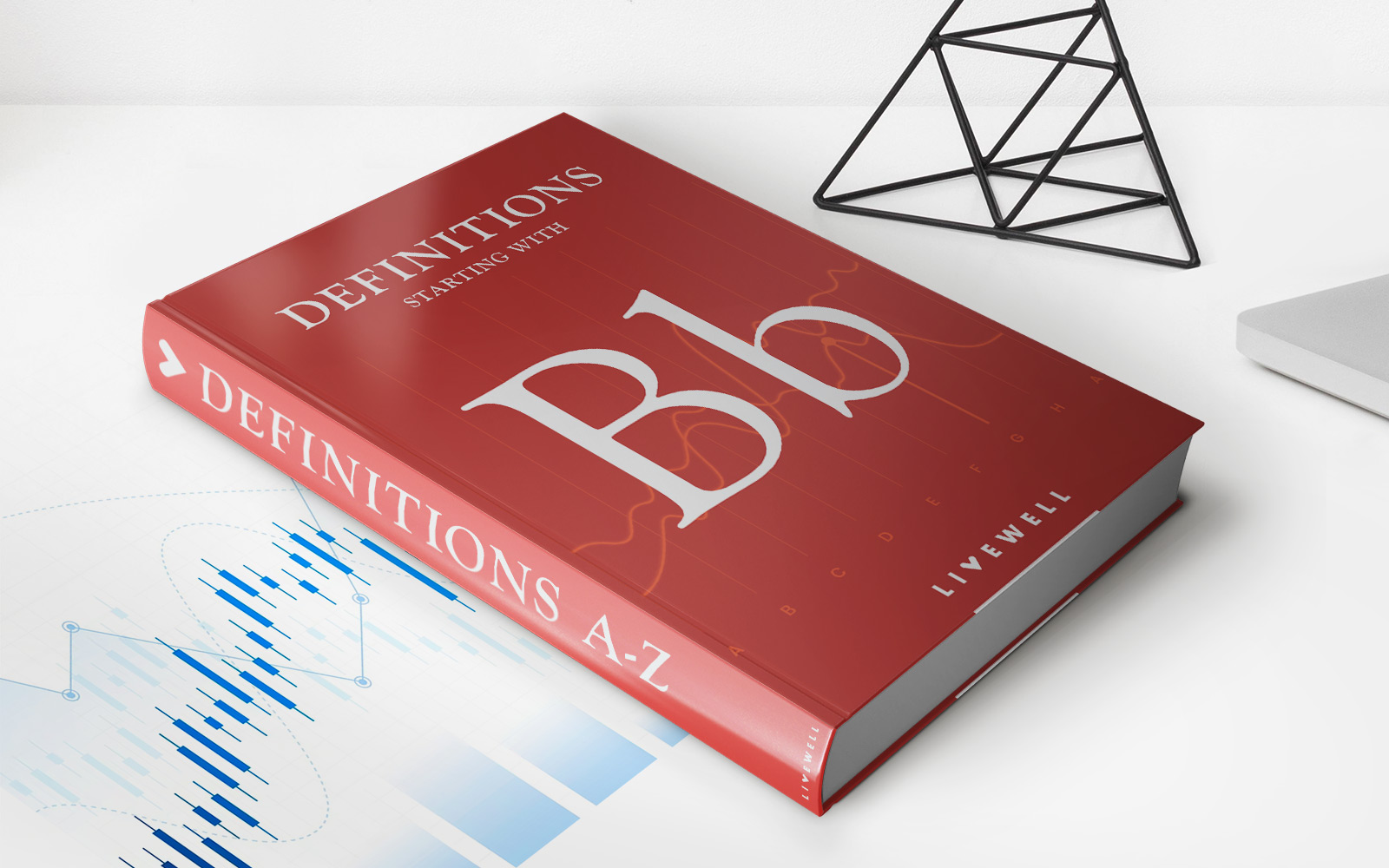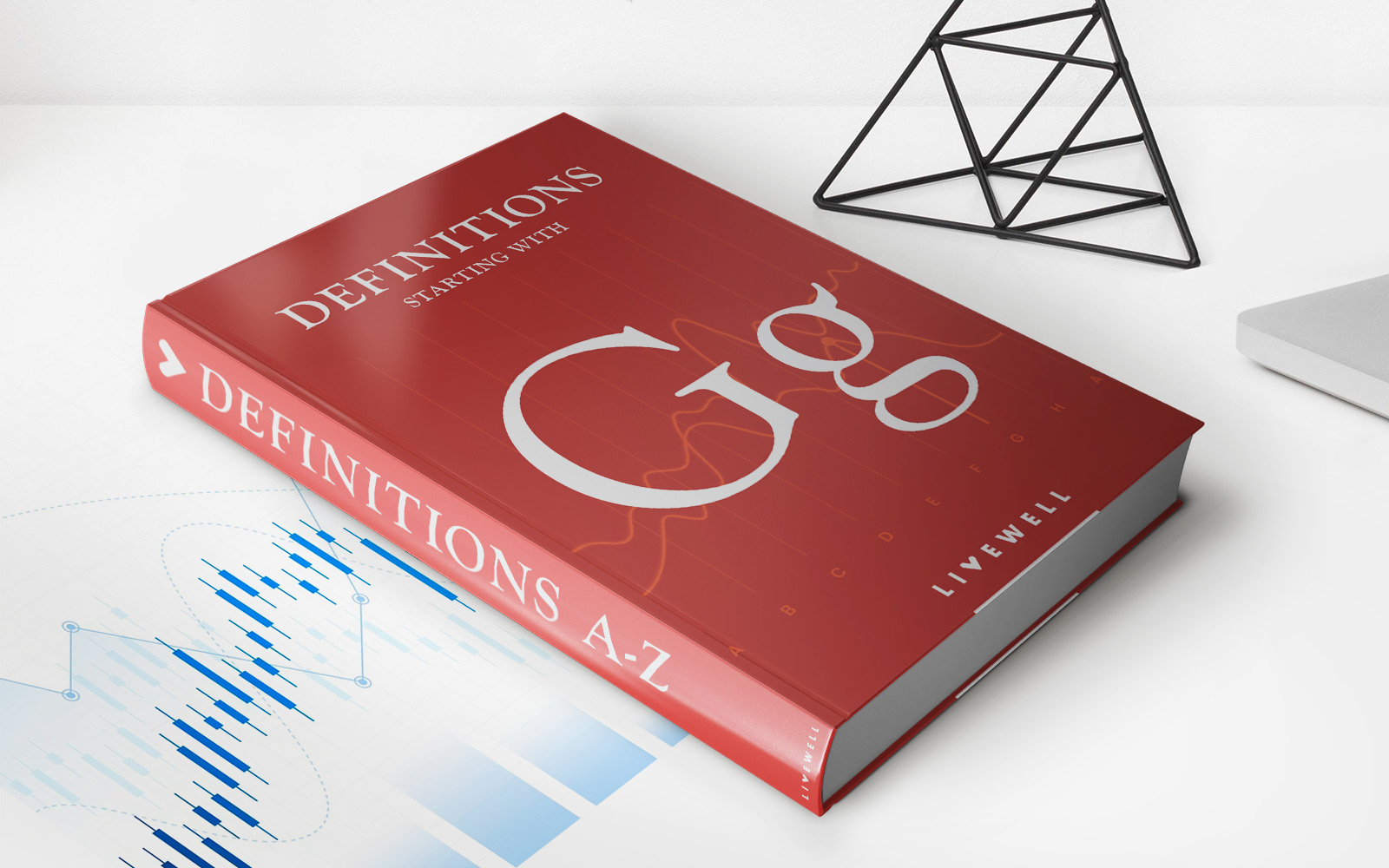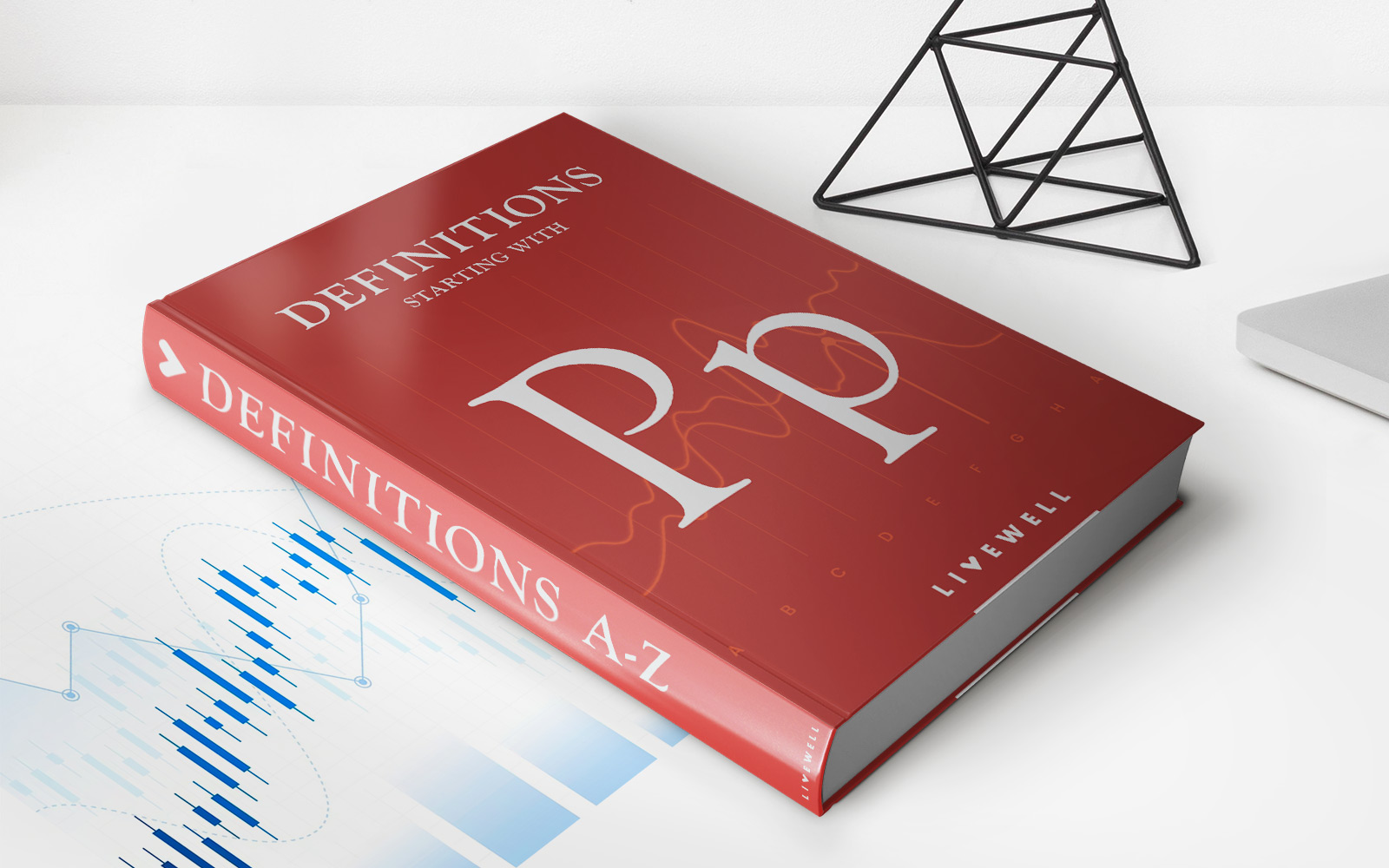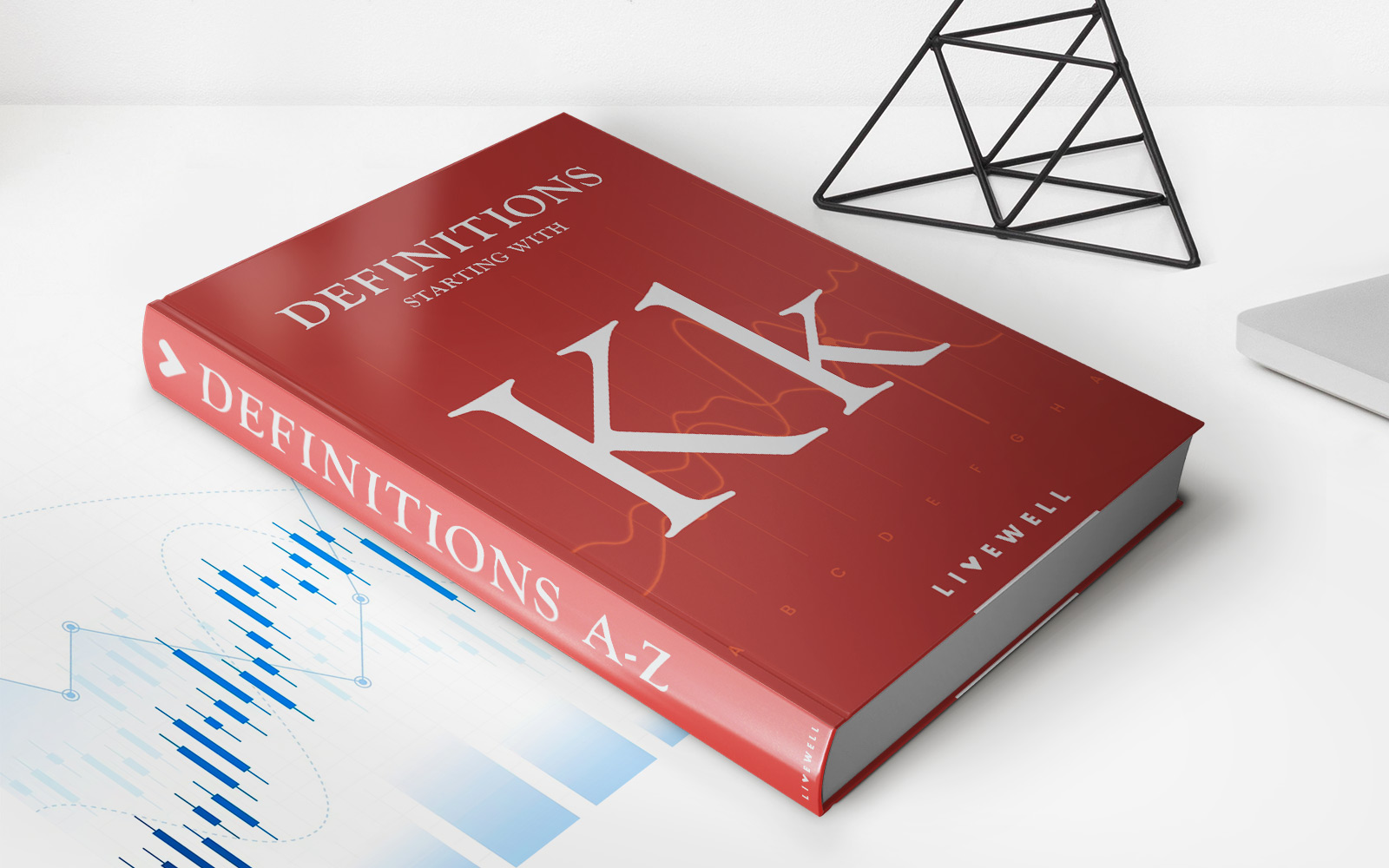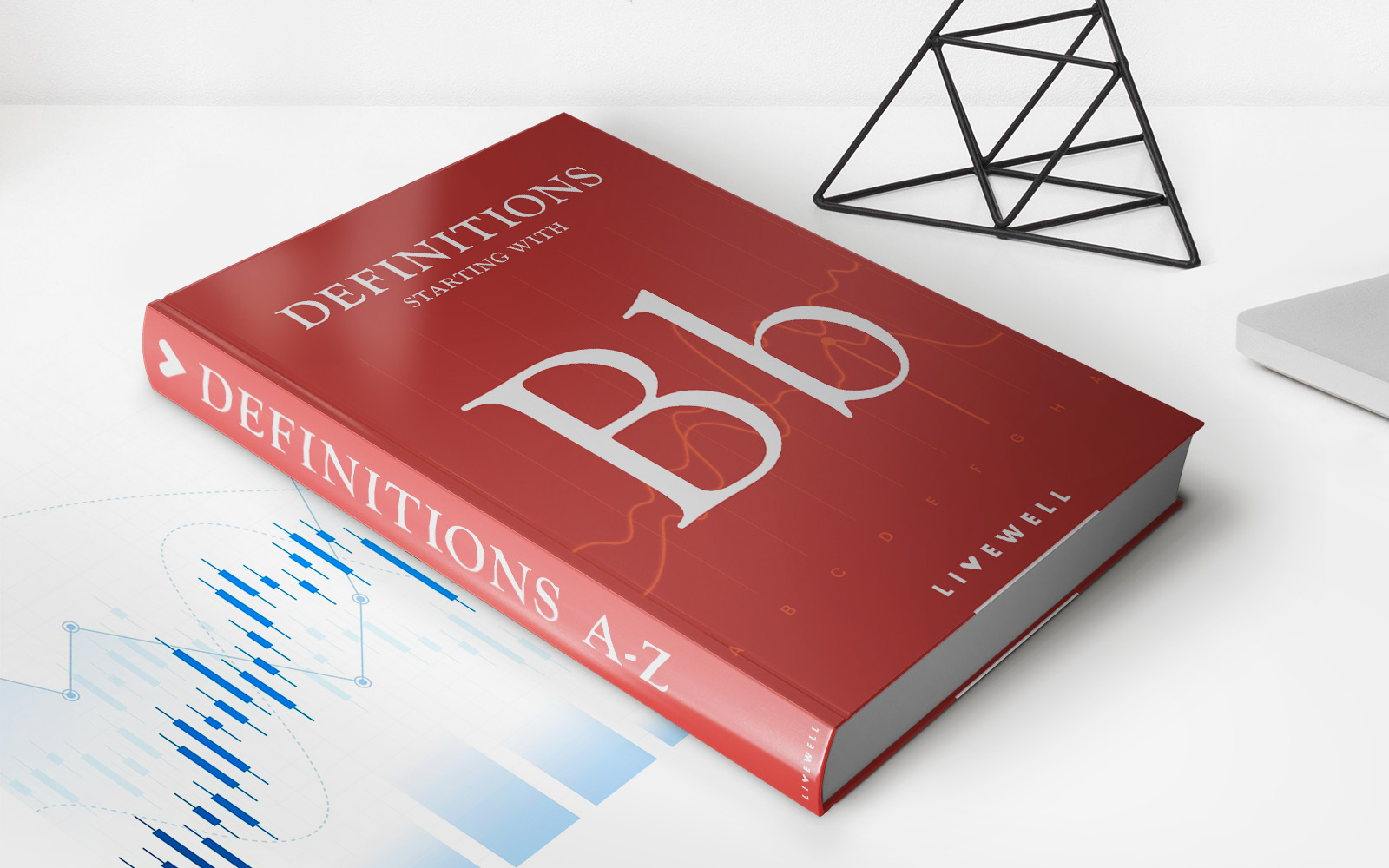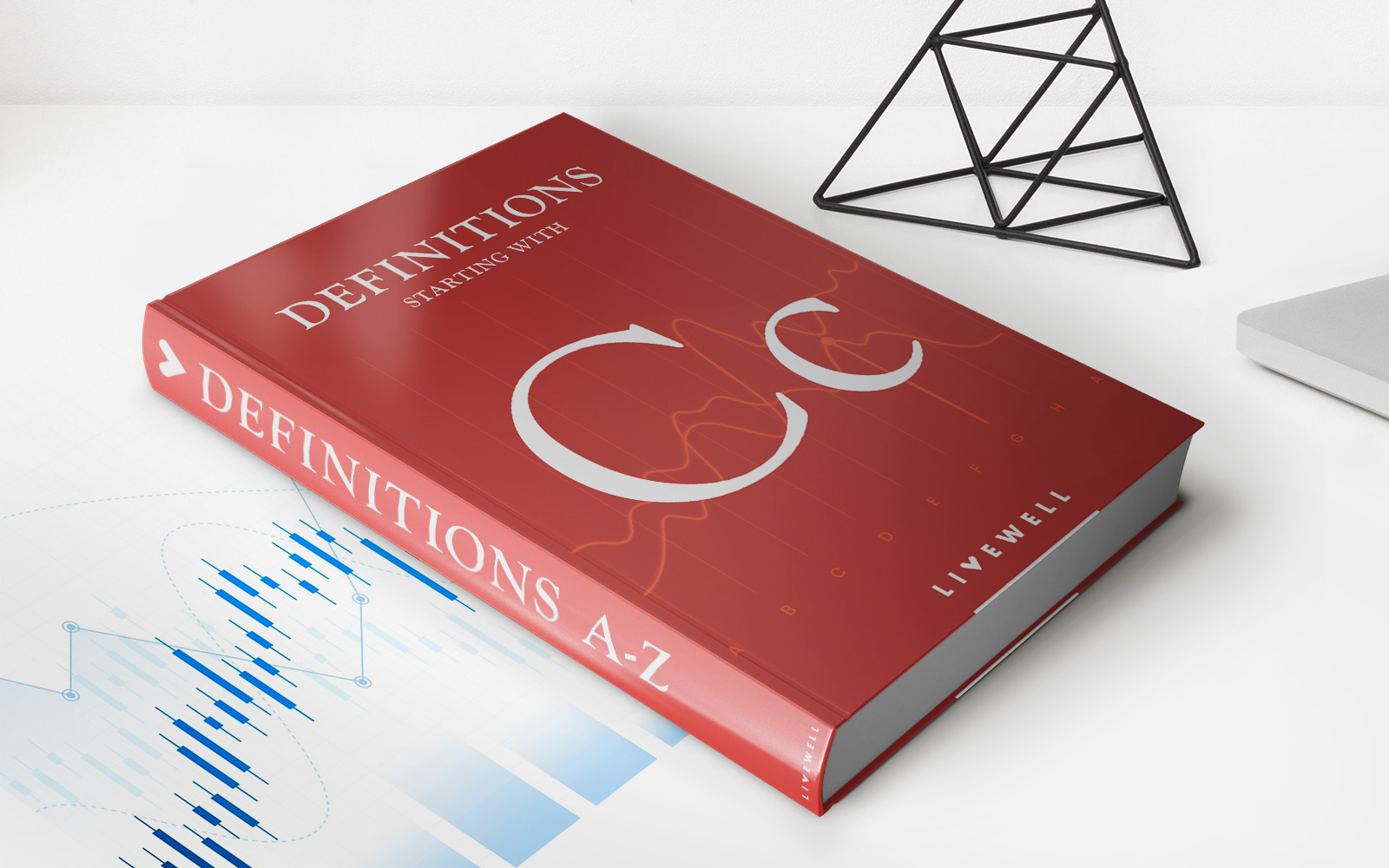

Finance
Types Of Bonds And Key Characteristics Of Each
Modified: September 6, 2023
Types of bonds include U.S. Treasury securities, municipal, and corporate. Read this guide and learn to invest in these bonds to further grow your wealth.
(Many of the links in this article redirect to a specific reviewed product. Your purchase of these products through affiliate links helps to generate commission for LiveWell, at no extra cost. Learn more)
A bond is an instrument of indebtedness that represents a loan made by an investor to a borrower. There are different types of bonds which will suit your financial needs. It is an asset class where the investor lends an individual or business. Money for a period of time is topped with interest.
The borrower promises repayment of the debt plus interest. Bonds are the purchase of a company or public entity’s debt obligation. A bond can also be an I.O.U between borrower and lender that includes the details of the loan and its payments. We will tackle the types of bonds and the key characteristics of each.

Photo form maxpixels.net
How Does Bonds Work
Bonds and Fixed Income securities is vital in building an investor’s portfolio. It helps in expanding a portfolio. The fluctuations of the stock market does not affect the bond market. There are many types of bonds which varies depending on the payment terms, interest rate, and maturity date. Lastly, it is safer than stocks, thus, It is a low-risk and smart investment.
Here are the Types of Bonds, and the key characteristics of each.
1.Treasury Bonds
U.S Treasury Securities (Treasuries) are Federal Government issued. This is being used to finance budget deficits. This type of bond is credit-risk free because of government support. Their yields are always going to be lowest. In economic fluctuations they perform better than higher-yielding bonds. Treasury bonds are on the lower part of the spectrum when it comes to making profit.
The Three Varieties of Treasury
- Treasury Bill
This are Short-term securities which does not bear interest. This comes with maturities of only a few days, four weeks, 13 weeks, 26 weeks or 52 weeks.
- Treasury Notes
Fixed-principal securities issued with maturities of two, three, five, seven and 10 years.
- Treasury Bond
These are long-term, fixed-principal securities with a 30-year maturity.
2. Other US Government Bonds
These bonds are agency bonds. These agencies are Fannie Mae and Ginnie Mae . These bonds are yield higher than US treasury bonds .You can easily buy and sell this type of bond. These are low risk bonds. These bonds are not exempt from federal and state income taxes.
3 .Municipal Bonds
Often called “Munis”. These bonds issued by states, cities, and other government entities. These bonds are being used to raise money for specific expenditures. These expenditures are for the construction of highways, bridges and schools.
You lend money to the state or local government when you buy a municipal bond. The interest for these bonds have semiannual payments. These bonds have maturities that ranges from 2-5 year for short term and 30 years for long term.
4. Foreign Bonds
Foreign bonds exposes you to a mixture of risks depending on the country of purchase. Sovereign risk includes a nation’s political, cultural, environmental and economic characteristics. Investing on foreign bonds exposes you to currency risk as well.
The changes in currency rate can increase or decrease your investment return.
You can buy and sell some Foreign bonds and pay the interest in U.S Dollars. These are the Yankee bonds. International banks issue these kinds of bonds.
5. Corporate Bonds
Companies issue these bonds for capital expenditures and acquisitions. Company bonds are more volatile and riskier than the government bonds. The bonds they provide are of high-risk.
The classification of corporate bonds maturity are as follows:
- Short-Term bonds -5 year term or less
- Intermediate bonds – 5 – 12 years
- Long-term bonds – 12 years above.
There are many other corporate bonds variations. These includes:
- Straight cash bonds
- Split-Coupon bonds
- Pay-In-Kind bonds
- Floating-rate and Increasing-rate notes
- Deferred-Interest bonds
- Multi-Tranche bonds

Photo from maxpixels.net
6. Convertible Bonds
Convertible bonds are bonds that are exchangeable to other investment securities.These bonds is convertible to a fixed number of shares of common stock. It will be considered as a convertible debenture if it has a maturity age greater than 10 years.
A convertible bond allows collection of a steady flow of interest income. Companies with a low credit rating and high growth potential often issued this kind of bond.
7. Mortgage-Backed Securities
This type of bond involves a “prepayment risk.” Because of the value drop when the rate of mortgage prepayment rises. Home and other estate loans cover MBS’.
U.S government agencies such as Ginnie Mae and Freddie Mac issue Mortgage-backed securities.Mortgage-backed securities payments may not be the same each month. The “pass through” structure causes the payment changes.
These are some common types of mortgage-backed securities:
Pass-Throughs – This is the most basic MBS. Groups of assets support this is a fixed income security. It is also known as “pass-through certificate” or “pay- through security.”
Collateralized Mortgage Obligations – is a complex type of pass-through security. CMO’s consists of pools of securities. These pools are tranches or slices.
8. Conventional Bonds
This type of bonds have a fixed specified value maturity date. Federal and provincial government issue this kind of bond.

Photo from maxpixels.net
9. Non-Conventional Bonds
This type of bonds have value and maturity date which may vary and change with time. This type of bonds is more volatile and risky. The most common type of Non-Conventional bond is the Zero Coupon bond. You can buy a Zero Coupon bond at a discount. This bond does not require you to pay interest.
10. Adjustment Bonds
Companies issue adjustment bonds. This is to help cope up with financial difficulties or potential bankruptcy. The debt of the company is transferred to the adjustment bonds. This in return is given to bond holders.
Adjustment bonds are issued with terms that will help the company emerge from bankruptcy. This is usually offered to bond holders after a company files for bankruptcy under chapter 11
11. High-Yield Bonds
High-Yield bonds (Junk bonds or Speculative bonds) are bonds with weak balance sheets. This type of bond has a high risk and high return rate. These bonds offer higher rates compared to government bonds. These bonds are unstable and fiscally unsound.
High-yield bonds are bonds that have a rating of BB or below investment grade. These ratings are from Moody’s Investors Service and Fitch Ratings.
Organizations that issue high-yield debt include different types of U.S. corporations. Certain U.S. banks and a few foreign corporations also issue high yield bonds.
These are the different types of bonds and their respective key characteristics.
